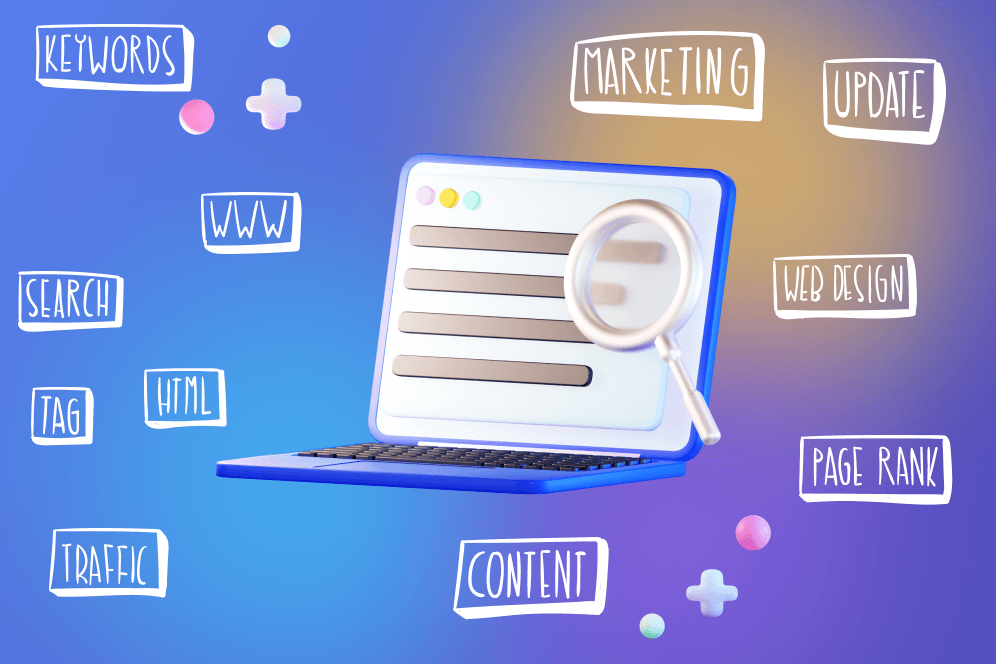What Are LLMs? A Business-Leader’s Guide to Machine Learning and Deep Learning in Practice
Reading Time: 5 min

“Artificial intelligence isn’t the future. It’s your next hire.”
At least, that’s how many CXOs at Bengaluru-based firms are now thinking. If you’re asking yourself, “What are LLMs?” or wondering how machine learning and deep learning play into today’s strategic tech roadmap, you’re in the right place.
At Wisoft Solutions India, we help business owners and decision-makers decode complex tech in actionable ways. In this blog, you’ll get a clear, conversational yet authoritative breakdown of large language models (LLMs), how they work, why they matter, and how to start using them in your enterprise. Say goodbye to the jargon and hello to clarity.
1) What Are LLMs? And Why They Matter Now
LLMs, or large language models, are a type of artificial intelligence model trained on massive text datasets to generate human-like responses. The “large” part? That refers to billions to trillions of parameters, tiny weights in a neural network that shape how the model understands language.
- These models are the backbone of generative AI, chatbots, content creation, and code generation.
- They offer a new class of machine learning and deep learning capability that scales from prototypes to enterprise workflows.
- Organisations that grasp how LLMs work will be able to integrate them safely and strategically rather than being surprised by the hype.
Example: A retail chain utilised an LLM-powered assistant to summarise product reviews in six languages, resulting in a 72% reduction in manual review time.
With Wisoft Solutions India, you can map the “what are LLMs?” question to “what can LLMs do for our business?” in one workshop.
2) How LLMs Work, Behind the Scenes
Let’s walk through a simplified version of how LLMs work, avoiding the PhD-level details but preserving the essence.
- Tokenisation: The text is broken into tokens (words or subwords) so the model can process them.
- Embeddings: Each token is converted into a numeric vector, capturing meaning and relationships (e.g., “book” and “library” are closer than “book” and “banana”).
- Transformer / Self-Attention Architecture: The model uses mechanisms such as multi-head attention to process context, identifying how each part of the sentence relates to the others.
- Training & Fine-Tuning: Pre-training learns general patterns; fine-tuning adapts the model to a specific domain.
- Inference: When you prompt the model, it uses trained weights and context to generate a response.
Example: At a manufacturing firm, Wisoft Solutions India fine-tuned an open-source LLM on internal SOPs, reducing human escalation by 45% in six months.
3) Why LLMs Are Different from Other Artificial Intelligence Models
- They are trained on language and generate language.
- They use deep learning with self-supervision, not handcrafted rules.
- They scale massively, improving with data, compute, and architecture.
Example: Traditional NLP might have a script: “If customer says X, reply Y.” An LLM can generate a customised response, suggest next steps, and create a support ticket dynamically.
“Transform Your Business with LLMs – Let’s Get Started”
See how large language models can automate, optimise, and accelerate your workflows. Partner with Wisoft to start your AI journey today.
4) Key Business Use-Cases of LLMs
- Customer Support Automation: 24×7 chat assistants that understand context and reduce costs.
- Content & Summarisation: Automatically summarise documents or feedback.
- Domain-specific Knowledge Workflows: Legal review, healthcare triage, financial advice, etc.
- Code Generation & Productivity: Assist developers with code suggestions and bug fixes.
Example: A global financial firm used an LLM to translate multilingual customer queries and generate summaries, improving response time by 60%.
5) Challenges & What to Watch Out For
- Hallucinations: LLMs may generate false or misleading answers.
- Bias & Data Quality: Biased data = biased outputs.
- Compute Costs & Sustainability: Training and running large LLMs require high energy and compute.
- Explainability & Compliance: Regulated industries need transparency around AI decisions.
Example: Wisoft Solutions India helped a healthcare client build a safe-mode LLM with guardrails and audit logs, reducing regulatory risk.
6) Roadmap for Adoption: How Wisoft Helps You Get Started
- Workshop & Strategy: Align business objectives and define ROI.
- Pilot & Fine-Tune: Choose a high-value use case and fine-tune with your data.
- Deploy & Monitor: Launch, track metrics, and iterate.
- Scale and Govern: Expand to other domains and enforce governance.
At Wisoft Solutions India, we bridge data-driven analysis and business sensibility for results.
Conclusion
Understanding what LLMs are isn’t optional if you’re positioning your business for the next decade. When applied with a clear plan, they shift from “nice to have” to “must have.”
Schedule a free consult with Wisoft Solutions India to learn how machine learning and deep learning (including LLMs) can boost your business.
FAQs
Q1. How are large language models different from other artificial intelligence models?
LLMs are trained primarily on language-based data and can generate human-like text, whereas other AI models may classify images or detect anomalies.
Q2. How do machine learning and deep learning techniques power LLMs?
LLMs use deep learning architectures layered on machine learning basics to learn patterns in language and apply that learning autonomously.
Q3. What does it mean to fine-tune an LLM, and why should we?
Fine-tuning means training a general LLM further on your organisation’s data to make it more accurate and aligned to your context.
Q4. What are practical beginnings for LLM adoption?
Start with one high-value use case, validate ROI, build skills, and prepare for wider rollout.













